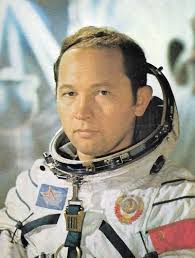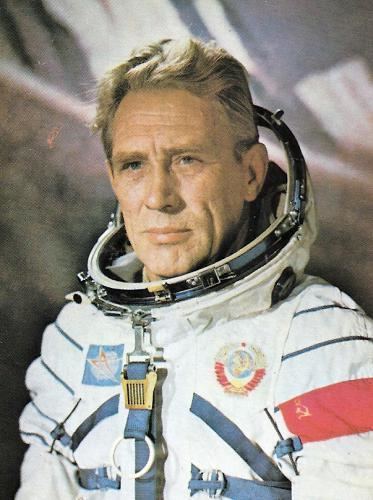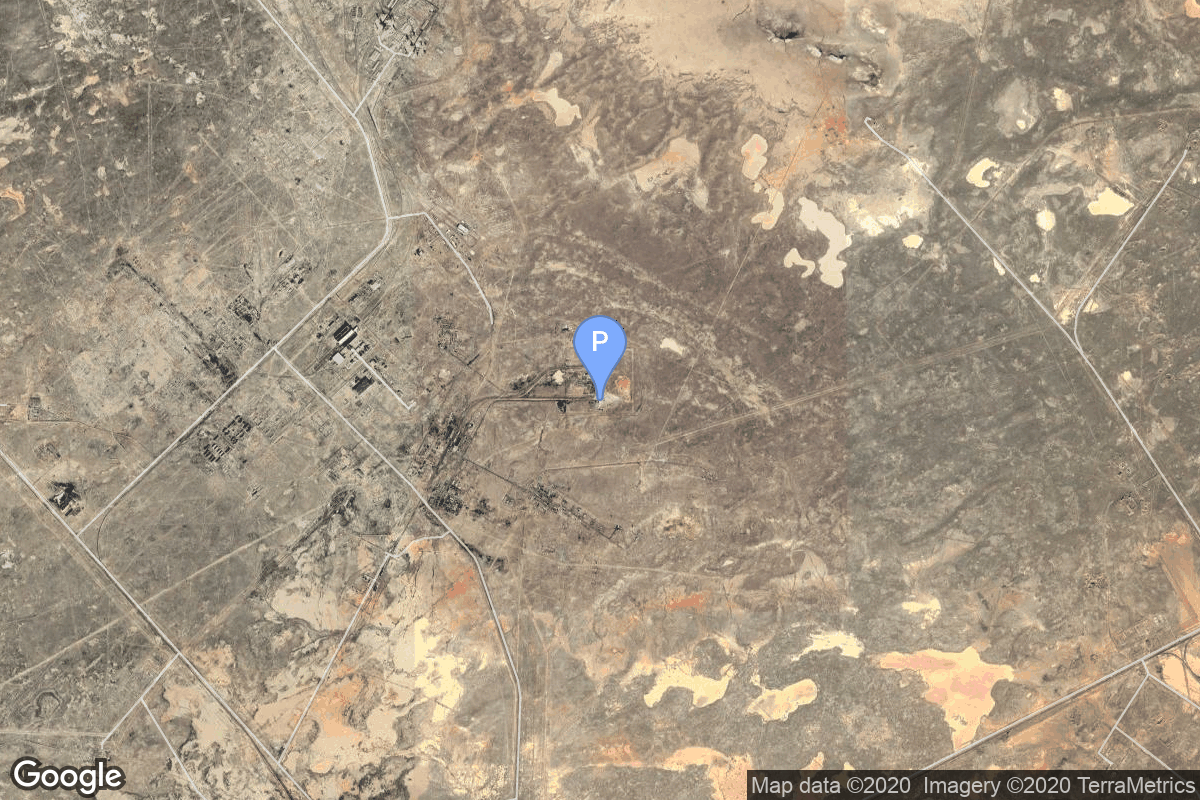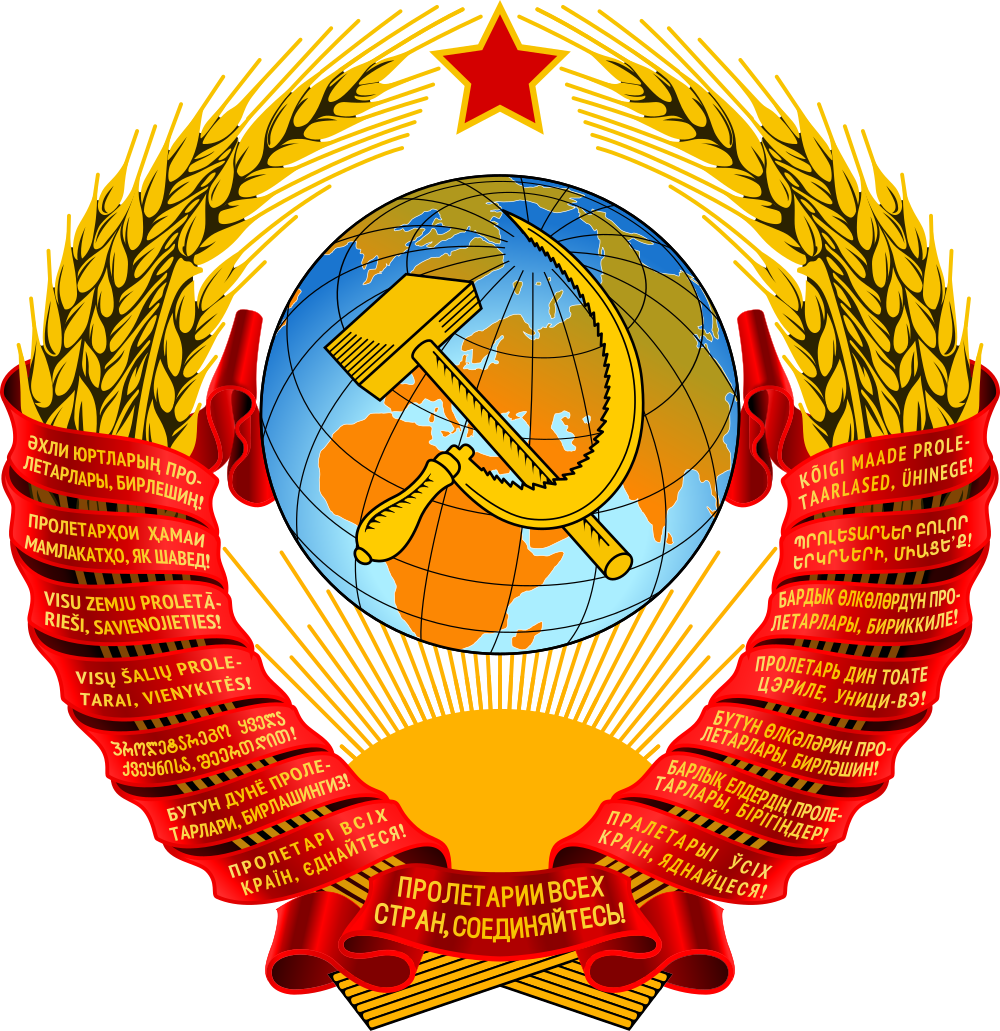Soyuz 15
Soyuz
Soviet Space Program
Crew

Gennadi Sarafanov
- Birthday: 01/01/1942
- Role: Commander
- Nationality: Russian
- First Flight: 08/26/1974
- Last Flight: 08/26/1974
Gennadi Vasiliyevich Sarafanov ( b. January 1, 1942 in Sinenkiye, Saratov Oblast, Russia – d. September 29, 2005, Moscow) was a Soviet cosmonaut who flew on the Soyuz 15 spaceflight in 1974. This mission was intended to dock with the space station Salyut 3, but failed to do so after the docking system malfunctioned.

Lev Dyomin
- Birthday: 01/11/1926
- Role: Flight Engineer
- Nationality: Russian
- First Flight: 08/26/1974
- Last Flight: 08/26/1974
Lev Stepanovich Dyomin (Russian: Лев Степанович Дёмин; January 11, 1926, in Moscow – December 18, 1998, in Zvyozdny Gorodok) was a Soviet cosmonaut who flew on the Soyuz 15 spaceflight in 1974. This spaceflight was intended to dock with the space station Salyut 3, but the docking failed.
Mission
Soyuz 15
- Type: Human Exploration
- Orbit: Low Earth Orbit
Soyuz 15 was meant to be the second crewed mission to the Salyut 3 space station. The mission launched on August 26, 1974, 19:58:05 UTC, carrying commander Gennadi Sarafanov and flight engineer Lev Dyomin to orbit. Soyuz-15 failed to dock with the station and had to return to Earth early, landing on August 28, 1974, 20:10:16 UTC.
Location
Rocket
Russian Federal Space Agency (ROSCOSMOS) Soyuz
Agency
Soviet Space Program
The Soviet space program, was the national space program of the Union of Soviet Socialist Republics (USSR) actived from 1930s until disintegration of the Soviet Union in 1991.
The Soviet Union’s space program was mainly based on the cosmonautic exploration of space and the development of the expandable launch vehicles, which had been split between many design bureaus competing against each other. Over its 60-years of history, the Russian program was responsible for a number of pioneering feats and accomplishments in the human space flight, including the first intercontinental ballistic missile (R-7), first satellite (Sputnik 1), first animal in Earth orbit (the dog Laika on Sputnik 2), first human in space and Earth orbit (cosmonaut Yuri Gagarin on Vostok 1), first woman in space and Earth orbit (cosmonaut Valentina Tereshkova on Vostok 6), first spacewalk (cosmonaut Alexei Leonov on Voskhod 2), first Moon impact (Luna 2), first image of the far side of the Moon (Luna 3) and unmanned lunar soft landing (Luna 9), first space rover (Lunokhod 1), first sample of lunar soil automatically extracted and brought to Earth (Luna 16), and first space station (Salyut 1). Further notable records included the first interplanetary probes: Venera 1 and Mars 1 to fly by Venus and Mars, respectively, Venera 3 and Mars 2 to impact the respective planet surface, and Venera 7 and Mars 3 to make soft landings on these planets.

